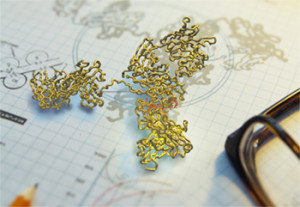 Without fanfare, the World Heath Organization has announced a new INN monoclonal antibody (mAb) nomenclature scheme that divides the substances that contain an immunoglobulin variable domain into four groups, three for monospecific immunoglobulins and one for bi- and multi-specific immunoglobulins, independent of their type, shape and form. The new INN mAb
Without fanfare, the World Heath Organization has announced a new INN monoclonal antibody (mAb) nomenclature scheme that divides the substances that contain an immunoglobulin variable domain into four groups, three for monospecific immunoglobulins and one for bi- and multi-specific immunoglobulins, independent of their type, shape and form. The new INN mAb
nomenclature scheme is used for all substances that contain an immunoglobulin variable domain that binds to a defined target, and that is composed of only immunoglobulin-derived pharmacologically active components. The suffix is preceded by an infix that indicates the target class.
Overview
- Group 1 -tug for unmodified immunoglobulins
Monospecific full length and Fc unmodified immunoglobulins of any class. Molecules which might occur as such in the immune system. including: IgG, IgA, IgM, IgD, IgE; only allelic variants; Glycoengineering without mutation; C-terminal lysine deletion without any other mutation in the Fc region - Group 2 -bart for antibody artificial
Monospecific full length immunoglobulins with engineered constant domains (CH1/2/3).
Monospecific full length immunoglobulins that contain any point mutation introduced by engineering for any reason anywhere (hinge, new glycan attachment site, mixed allelic variants which would not occur in nature, altered complement binding, altered FcRn binding, altered Fc-gamma receptor binding, etc.)
e.g. IGHG4 with S>P mutation, stabilized IgA - Group 3 -mig for multi-immunoglobulin
Bi- and multi-specific immunoglobulins regardless of the format, type or shape (full length, full length plus, fragments) - Group 4 -ment for fragment
All monospecific domains, fragments of any kind, derived from an immunoglobulin variable domain (all monospecific constructs that do not contain an Fc domain)

